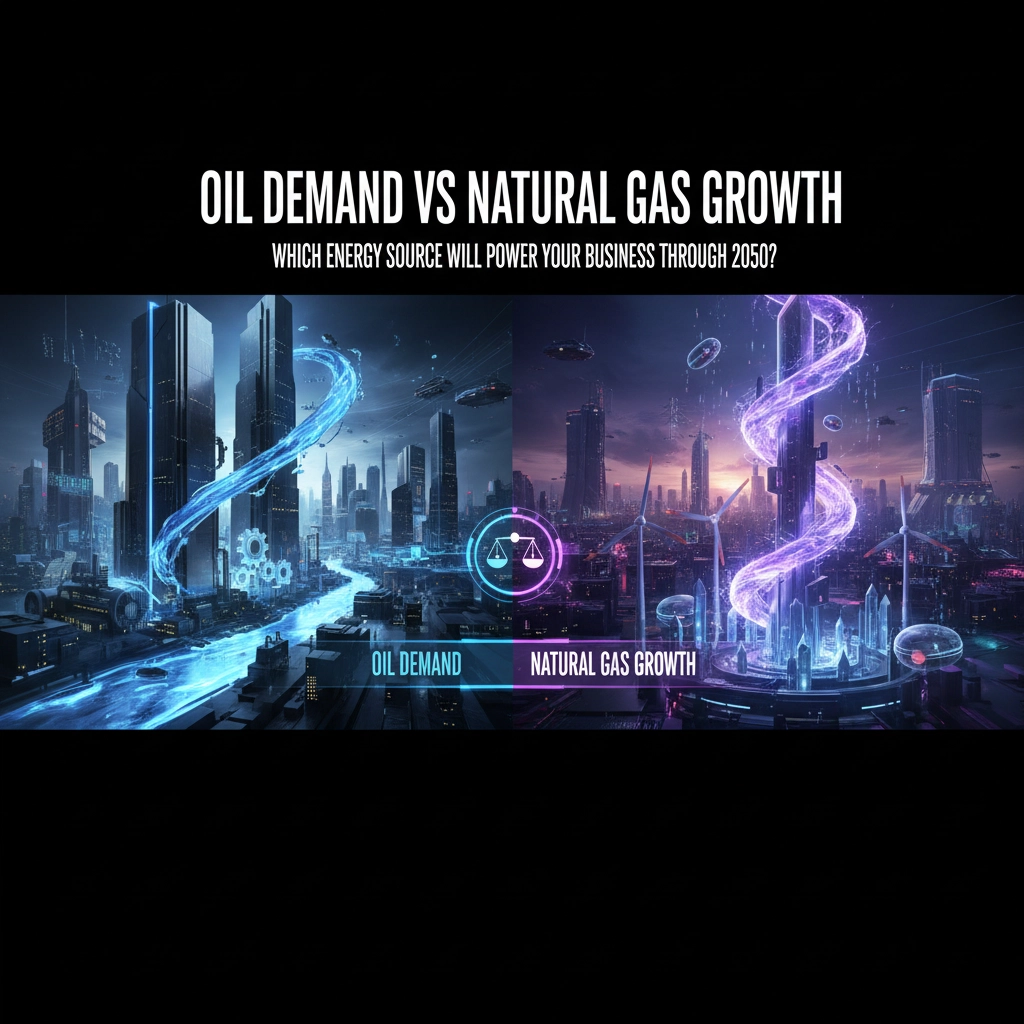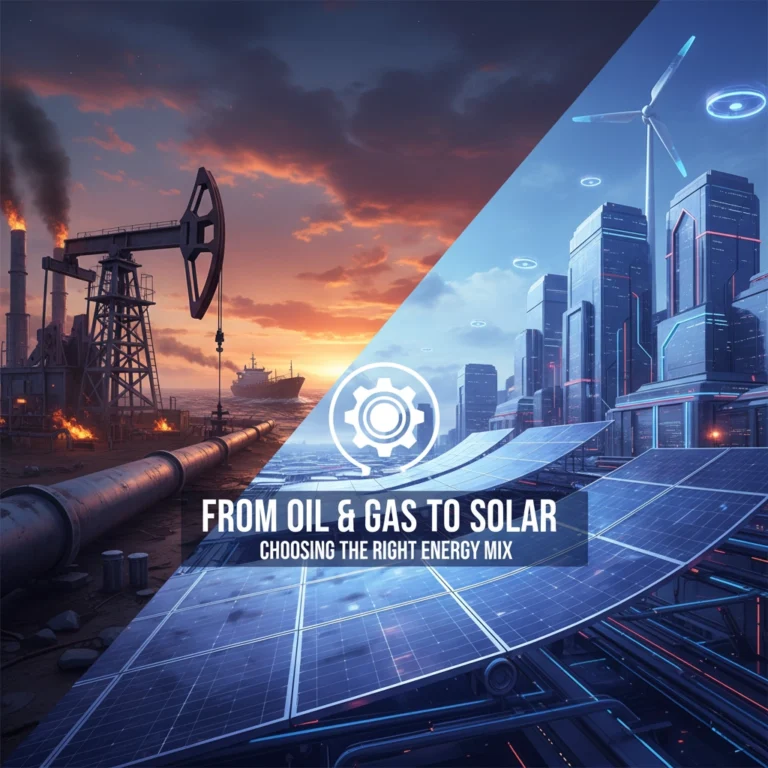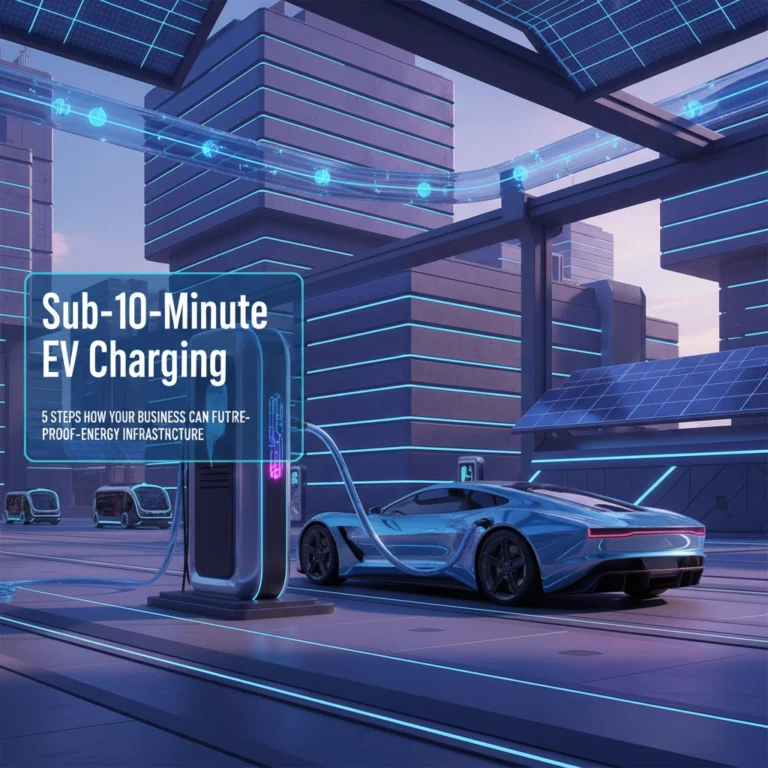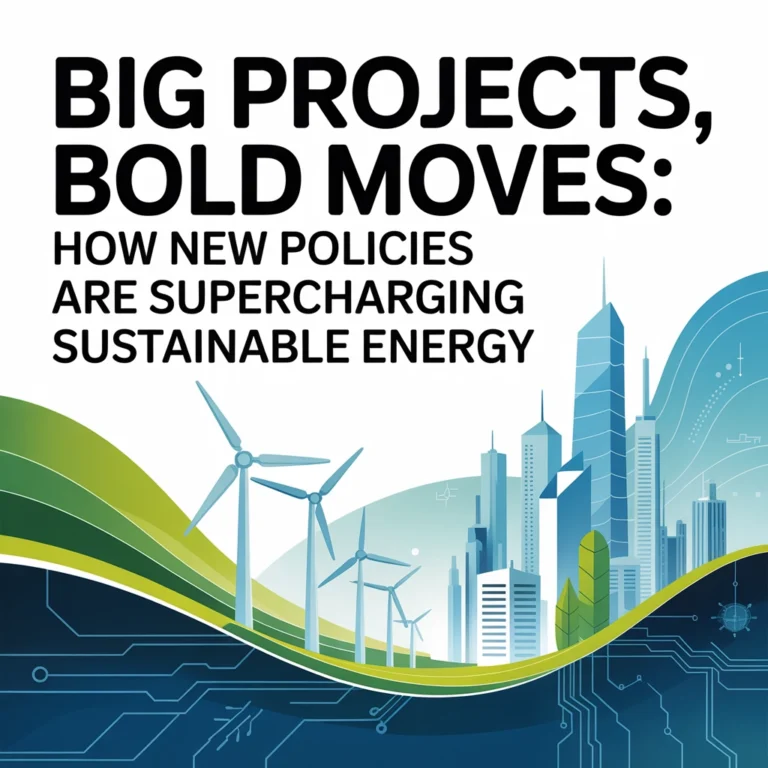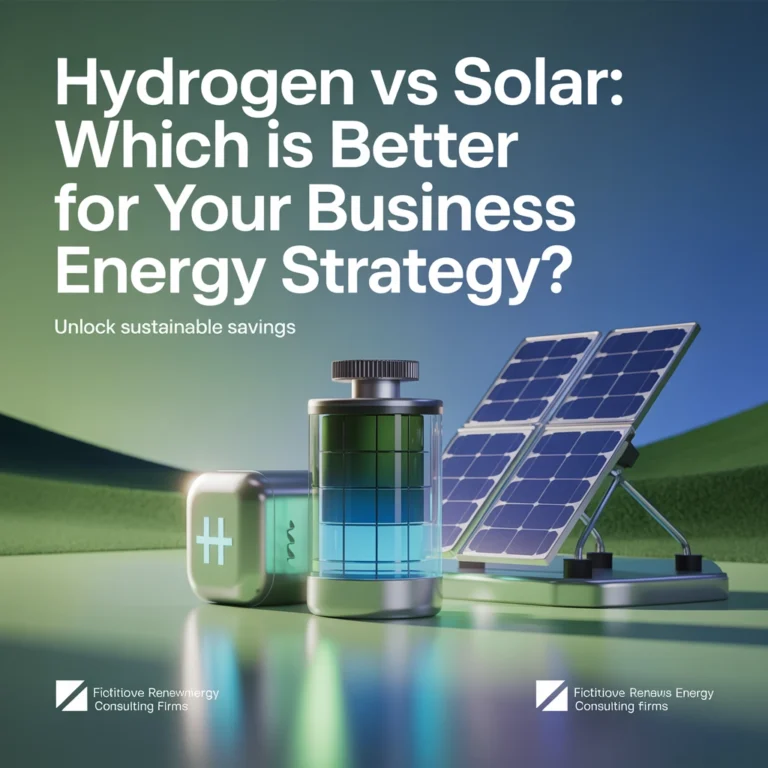Oil Demand Vs Natural Gas Growth: Which Energy Source Will Power Your Business Through 2050?
The energy landscape is shifting faster than ever, and if you're planning your business strategy for the next 25 years, you're probably wondering: should I bet on oil or natural gas? Both energy sources will play crucial roles through 2050, but their trajectories are heading in dramatically different directions.
Let's break down what the data actually tells us about these two energy giants and what it means for your business decisions.
Oil: The Resilient Heavyweight
Despite all the talk about peak oil, the black stuff isn't going anywhere anytime soon. Global oil demand is projected to increase anywhere from 6% to 42% by 2050, with production potentially reaching around 120 million barrels per day. That's not exactly a dying industry.
Where Oil Still Dominates
Transportation remains oil's fortress. Even with the electric vehicle revolution in full swing, oil will still account for nearly 60% of the global road sector's energy demand in 2050. And if your business involves aviation? You're looking at oil dependency for decades to come. Passenger air travel is expected to surge 140% above pre-pandemic levels by 2050, keeping jet fuel demand strong.
The industrial sector also loves oil for good reasons. It's energy-dense, easily transportable, and has decades of established infrastructure behind it. Refineries are getting smarter too, adapting their production to meet changing demand patterns – less gasoline, more jet fuel and industrial feedstock.

The Challenges Ahead
But here's where it gets interesting. While overall oil demand might grow, transport oil consumption is actually projected to decline by 46% between now and 2050. That's a massive shift that smart businesses need to factor into their long-term planning.
Oil is also facing increasing regulatory pressure and carbon pricing in many regions. If your business is heavily dependent on oil and hasn't started thinking about alternatives, you might find yourself caught off guard by policy changes or supply chain disruptions.
Natural Gas: The Growth Champion
Now here's where things get really exciting. Natural gas is absolutely crushing it in terms of growth potential. We're talking about demand increases of 11% to 57% by 2050 – significantly outpacing oil's growth trajectory.
Why Natural Gas is Winning
Natural gas is positioned as the ultimate bridge fuel during our energy transition. It's cleaner than coal, more reliable than renewables, and flexible enough to complement both traditional and renewable energy systems. By 2033, natural gas is set to become the world's largest energy carrier, with demand peaking around 2035.
China is driving much of this growth, with consumption increasing across all economic sectors. But it's not just China – the power generation sector globally is embracing natural gas as the perfect backup for intermittent renewable sources like solar and wind.
The maritime industry is also jumping on the natural gas bandwagon, with LNG representing 8% of the 2050 fuel mix, up from almost nothing today.
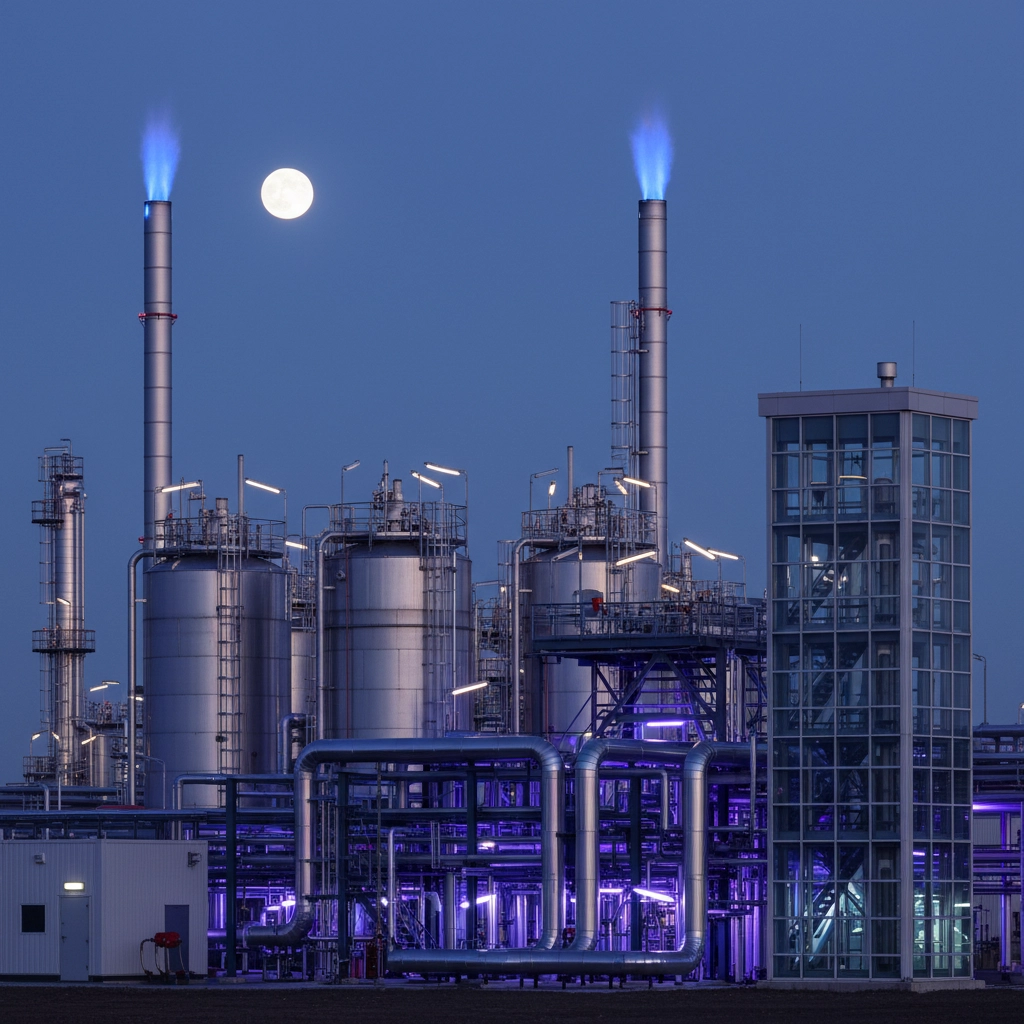
The Strategic Advantages
For businesses, natural gas offers several compelling advantages. It's got lower carbon intensity than oil or coal, which helps with sustainability goals and regulatory compliance. The infrastructure is rapidly expanding, making it more accessible than ever. Plus, it's versatile – you can use it for power generation, industrial processes, heating, and even transportation.
Head-to-Head Comparison
Let's get down to the nitty-gritty with a direct comparison:
| Factor | Oil | Natural Gas |
|---|---|---|
| Growth Rate (2022-2050) | 6-42% increase | 11-57% increase |
| Peak Demand | Already peaking or peaked | Around 2035 |
| Transportation Market Share | 60% of road transport in 2050 | 4% of road transport in 2050 |
| Power Generation Role | Declining to 8 EJ/year | Major growth trajectory |
| Geographic Growth | Emerging economies | China leading, global expansion |
| Infrastructure Maturity | Fully established | Rapidly expanding |
| Carbon Intensity | Higher | Lower than oil/coal |
| Regulatory Environment | Increasingly restrictive | More favorable |
What This Means for Your Business Strategy
If You're in Transportation or Logistics
Don't panic about oil disappearing overnight, but start diversifying. While oil will dominate road transport through 2050, electric vehicles will capture 72% market penetration. Consider hybrid strategies that leverage both traditional fuels and emerging alternatives. For aviation-heavy businesses, oil remains your primary option, but keep an eye on sustainable aviation fuels.
If You're Running Energy-Intensive Operations
Natural gas should be your focus. Manufacturing, data centers, and industrial operations can benefit enormously from natural gas infrastructure investments. The fuel offers the best balance of growth potential, environmental compliance, and operational flexibility during the energy transition.

If You're Planning Global Expansion
Geography matters more than ever. Western Europe and Asia will continue importing natural gas through 2050, while North America and the Middle East remain major exporters. Plan your facility locations and supply chains accordingly. China represents the biggest growth opportunity for natural gas consumption.
If You're Thinking Long-Term Investment
Here's the bottom line: while both fuels remain important through 2050, natural gas presents superior growth characteristics. Oil and gas combined will account for 44% of the global energy mix in 2050 (down from 53% today), but natural gas will capture an increasing share of that pie.
The Practical Action Plan
Short-term (2024-2030):
- Assess your current energy mix and identify optimization opportunities
- Investigate natural gas infrastructure options for power-intensive operations
- Begin diversification planning for transportation-heavy businesses
- Monitor regional policy developments that might affect fuel availability and pricing
Medium-term (2030-2040):
- Implement natural gas solutions where feasible
- Maintain oil-based systems for aviation and heavy transport
- Develop contingency plans for changing regulatory environments
- Consider strategic partnerships with energy suppliers in growth regions
Long-term (2040-2050):
- Prepare for natural gas demand plateau and potential decline
- Integrate emerging technologies and renewable alternatives
- Maintain flexibility in energy sourcing strategies
- Position for the next phase of energy evolution beyond 2050
The Bottom Line
Both oil and natural gas will power businesses through 2050, but they'll serve different roles. Oil remains king of transportation and certain industrial applications, while natural gas emerges as the growth champion and transition fuel of choice.
The smartest business strategy? Don't put all your eggs in one basket. Leverage oil where it makes sense (especially for transportation and specialized industrial uses), but invest in natural gas infrastructure for power generation and general industrial applications.
The energy transition isn't about choosing sides – it's about positioning your business to thrive regardless of which way the wind blows. And right now, that wind is blowing toward natural gas growth while maintaining oil's essential role in specific sectors.
Ready to dive deeper into your energy strategy? Check out our comprehensive energy solutions at MWEnergy or explore specific options for oil and other energy sources. The future of energy is complex, but with the right planning, your business can navigate it successfully.

